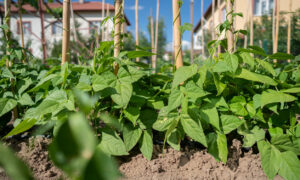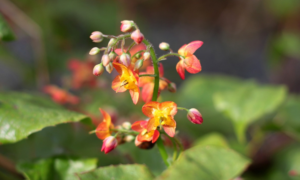We independently research, review, and recommend the best products. If you buy something through our links, we may earn a commission. Learn more.
If you’re new to growing vegetables, I’ll let you into a little secret: garden size doesn’t matter — especially where beetroot is concerned. These edible taproots are as comfortable in indoor pots as in outdoor patches, and don’t favour sprawling gardens over cosy corners.
They’re such a versatile veg, too. Whether you’re boiling, pickling, grating or roasting beetroot, there are tons of fun ways to use their earthy flavour come lunchtime (I love adding them to soups and salads!).
In this guide, I’ll teach you how to sow, nurture, and harvest beetroots, offering a few troubleshooting tips should you run into issues.
Contents
Beetroot Varieties
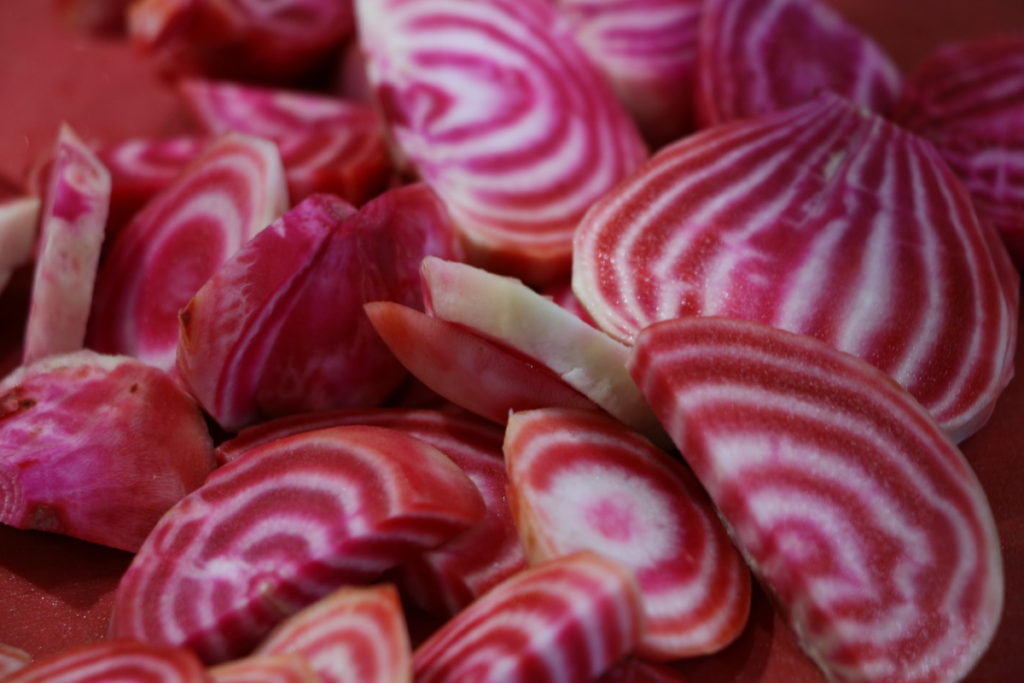
From traditional reds to candy-striped beetroots, these vegetables boast unique flavours and different growing demands. So, before reaching for a bag of seeds, I recommend familiarising yourself with the following varieties:
| Beetroot | Description |
| Red Beetroot | A widely known variety with deep crimson flesh and sweet flavour. |
| Golden Beetroot | A vibrant golden-yellow flesh with a mild, earthy taste. |
| Chioggia Beetroot | An Italian variety known for its candy-striped appearance and tender flesh. |
| White Beetroot | A less common variety with creamy-white flesh and a delicate flavour. |
| Bull’s Blood Beetroot | Grown primarily for its burgundy leaves, adding colour to salads. |
| Detroit Dark Red Beetroot | A deep red variety typically canned and pickled. |
| Cylindra Beetroot | This variety has cylindrical roots with rich, red-coloured skin. |
| Burpee’s Golden Beetroot | Golden by name, this orange variety is sweet with a slight peppery taste. |
| Lutz Green Leaf Beetroot | A dual-purpose variety with nutritious green leaves and sweet roots. |
| Early Wonder Beetroot | An early-maturing variety with tender greens and sweet, round roots. |
| Formanova Beetroot | Long and slender with a dark red hue, ideal for roasting or slicing thinly. |
| Boldor Beetroot | A mild-tasting variety with bright yellow-orange flesh. |
| Merlin Beetroot | A dark purple beetroot with a rich, sweet-tasting flesh. |
| Touchstone Gold Beetroot | A striking golden-orange variety with a sweet and smooth texture. |
When to Plant Beetroot
Successful beetroot growth requires careful consideration, especially in the UK’s climate. Many greenthumbs tend to sow seeds in early March when the soil begins to warm, but I typically aim for late February. That way, you can take advantage of the slightly cooler temperatures that contribute to better root development — and enhanced flavour — without harming the seeds.
Some gardeners use a polytunnel to start their seeds at the tail end of winter. You could even use a poly tunnel to sow beetroot in early August for small roots in early spring! There’s lots of flexibility, but in every case, I recommend sowing your beetroot seeds in groups for the best possible harvest.
Soil Preparation and Fertilisation
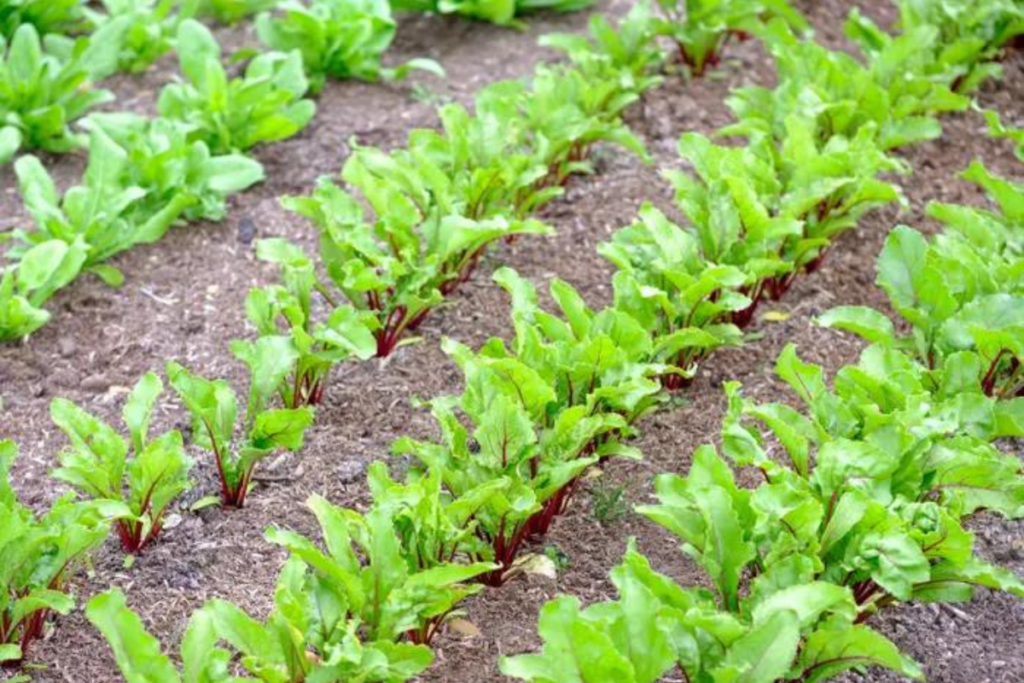
The best success I’ve had with growing beetroots is when I’ve spent time creating a healthy foundation. That starts with the perfect soil.
A soil test can determine if the pH and nutrient levels are correct for optimal growth. Beetroots favour well-draining soil with a pH level ranging between 6.0 to 7.5. If your soil falls outside the recommended pH range, you can adjust it using organic soil amendments or lime.
You can buy a soil pH tester for only a few pounds. Here are a few I’ve used in the past:
You might also consider incorporating organic compost or well-rotted manure to enrich the soil further. Both help with moisture retention,
encouraging microbial activity going into the growing season.
How to Plant Beetroot
Begin the growing process by germinating beetroot seeds in a seedling tray. Then, when they reach a height of 3-5cm, transplant the young beetroot seedlings into larger pots, raised beds, or prepared garden spaces. This transition allows the seedlings to establish more extensive root systems and adapt to their new environment. While transferring, handle the seedlings with care to prevent damage to the delicate roots.
Give each plant enough space, leaving at least three inches between them, and ensure that the chosen pot or garden bed has a depth of at least 20cm.
Companion Planting
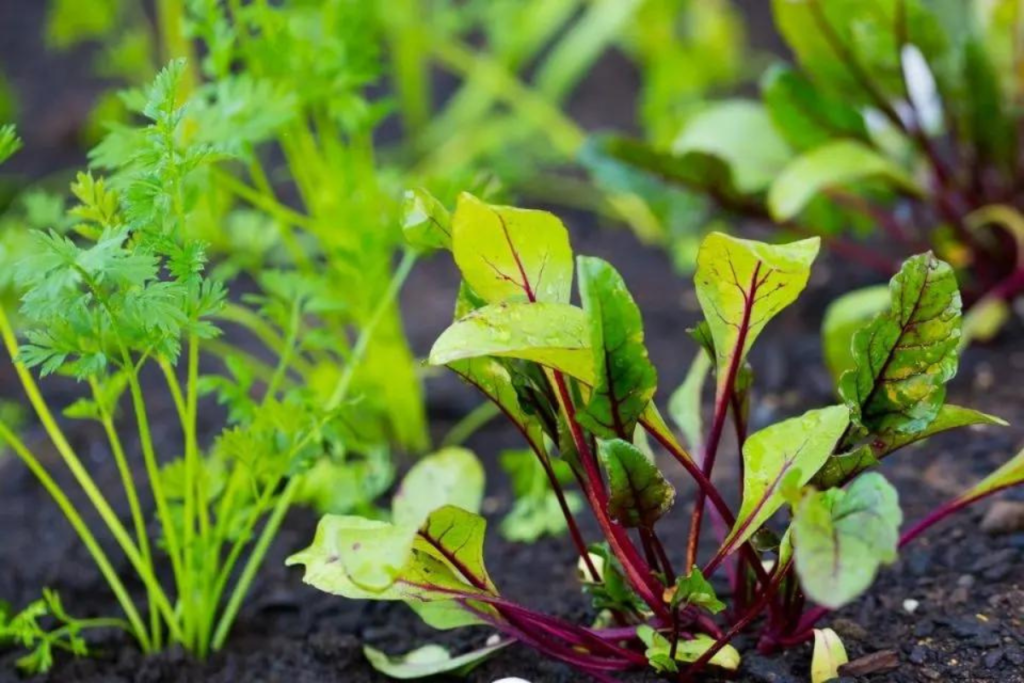
For an eco-friendly and sustainable approach to growing beetroot, consider companion planting. This popular garden strategy involves pairing plants to enhance growth and improve vitality.
For instance, beetroot produces greater crops when paired with onions or garlic. These act as natural repellents, deterring pests with the help of shared root systems that interact underground. I also love intercropping beetroots with lettuce. Doing so provides shade, reduces soil temperature, and prevents moisture loss.
Nurturing Beetroot
In truth, beetroots aren’t as high-maintenance as other veggies. You only need to water them occasionally and ensure they receive adequate sunlight. If you’re growing beetroots indoors, position the pots by a window that receives roughly 6-8 hours of direct sunlight, and consider rotating the pot for even growth. Pruning the leaves around the edges will encourage plant development.
Watch out for pests, too. While beetroots don’t demand much attention, they are prone to aphids, slugs, and leaf spot diseases.
Harvesting Tips and Storage
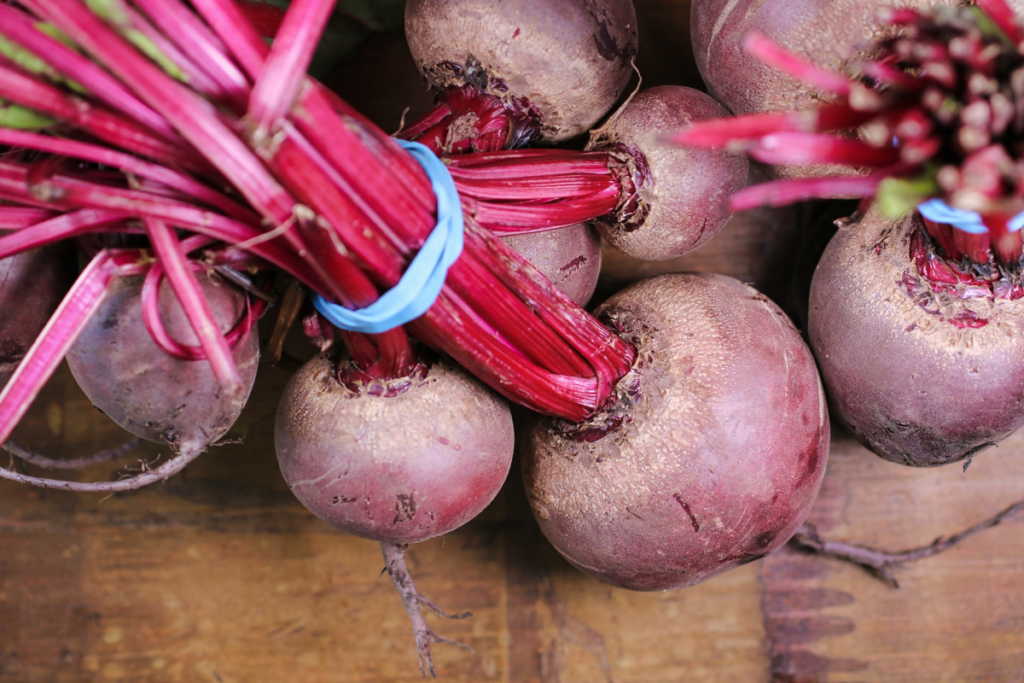
Beetroots typically mature after twelve weeks — around 90 days. However, if you prefer a sweeter taste, you can pick baby beets at around six weeks (about the size of golf balls).
To harvest your beetroot, gently pull the whole plant out of the soil and remove the stems and leaves. Then store them in a cool, dark place for a few weeks, or explore canning and pickling! I tend to pop mine in the freezer.

